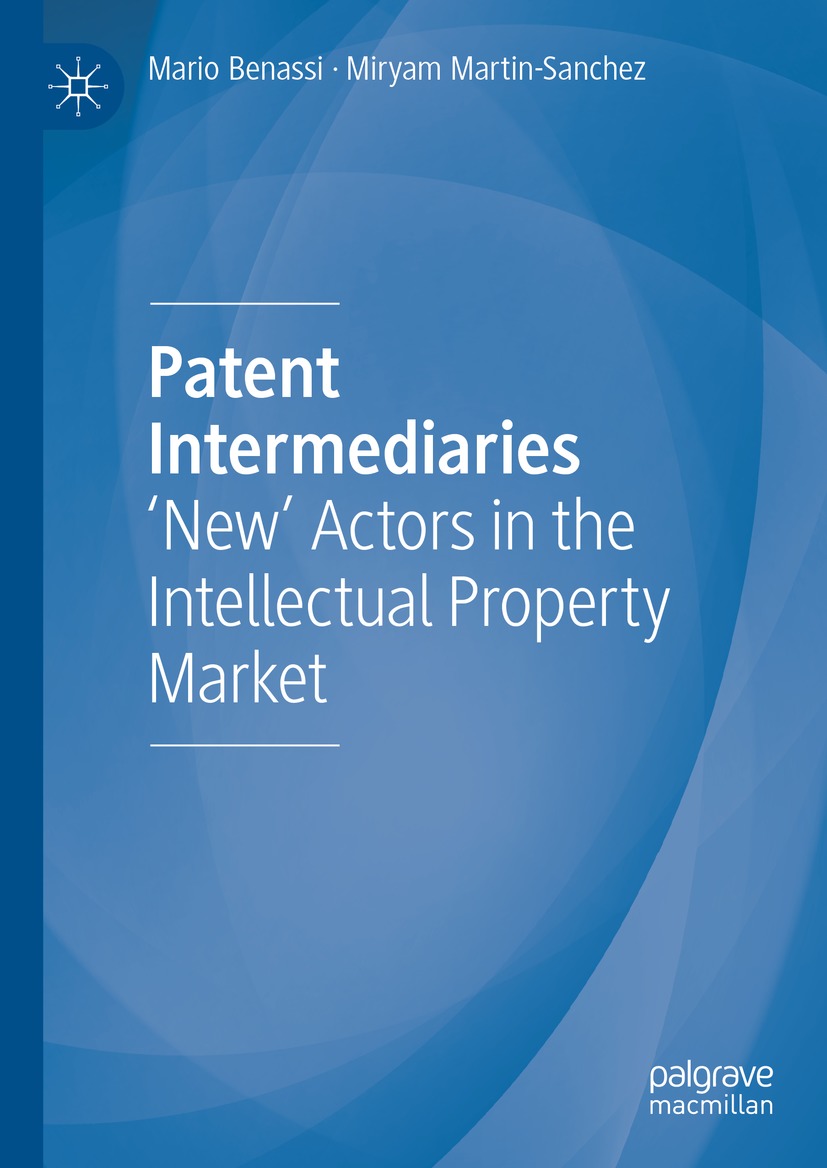Interest in the Latin American emerging markets (LAEM) has increased considerably in recent years. However, in their stock markets the price determination process and how it compares with that of developed markets is still an open issue. Thus far, the LAEM and most of the emerging markets may have, as it is often claimed, paid a price for being too different, that is, for having weak institutions, failed macroe- nomic programs, political instability, poor corporate governance, and high trading costs. Although they may have indeed suffered for these reasons, this claim ignores the heterogeneity that exists among emerging markets regarding their market develÂ- opment and institutional infrastructure (Yilmaz (2001)). Practitioners still think that the LAEM may lower an international investor’s unconditional portfolio risk. In view of this belief concerning emerging markets, the present thesis seeks to answer three sets of questions: (1) What are the investment laws in the LAEM and how do they compare to developed countries? (2) How heterogeneous are the implicit trading costs in the LAEM and which factors are responsible for the heterogeneity? And how difÂ- ferent is the implicit trading cost of the LAEM from the developed stock markets? And (3) does the predictability of stock returns in the LAEM differ from those docuÂ- mented for developed markets? A large number of investigations in modem financial economics have been dedicated to quantifying the trade-off between risk and expected returns of financial securities.












